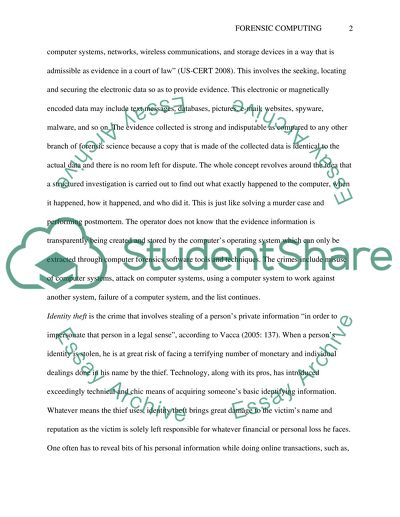Cite this document
(“Ethical, Moral and Social Issues in Forensic Computing-(Identity Essay”, n.d.)
Ethical, Moral and Social Issues in Forensic Computing-(Identity Essay. Retrieved from https://studentshare.org/miscellaneous/1563352-ethical-moral-and-social-issues-in-forensic-computing-identity-cards
Ethical, Moral and Social Issues in Forensic Computing-(Identity Essay. Retrieved from https://studentshare.org/miscellaneous/1563352-ethical-moral-and-social-issues-in-forensic-computing-identity-cards
(Ethical, Moral and Social Issues in Forensic Computing-(Identity Essay)
Ethical, Moral and Social Issues in Forensic Computing-(Identity Essay. https://studentshare.org/miscellaneous/1563352-ethical-moral-and-social-issues-in-forensic-computing-identity-cards.
Ethical, Moral and Social Issues in Forensic Computing-(Identity Essay. https://studentshare.org/miscellaneous/1563352-ethical-moral-and-social-issues-in-forensic-computing-identity-cards.
“Ethical, Moral and Social Issues in Forensic Computing-(Identity Essay”, n.d. https://studentshare.org/miscellaneous/1563352-ethical-moral-and-social-issues-in-forensic-computing-identity-cards.


